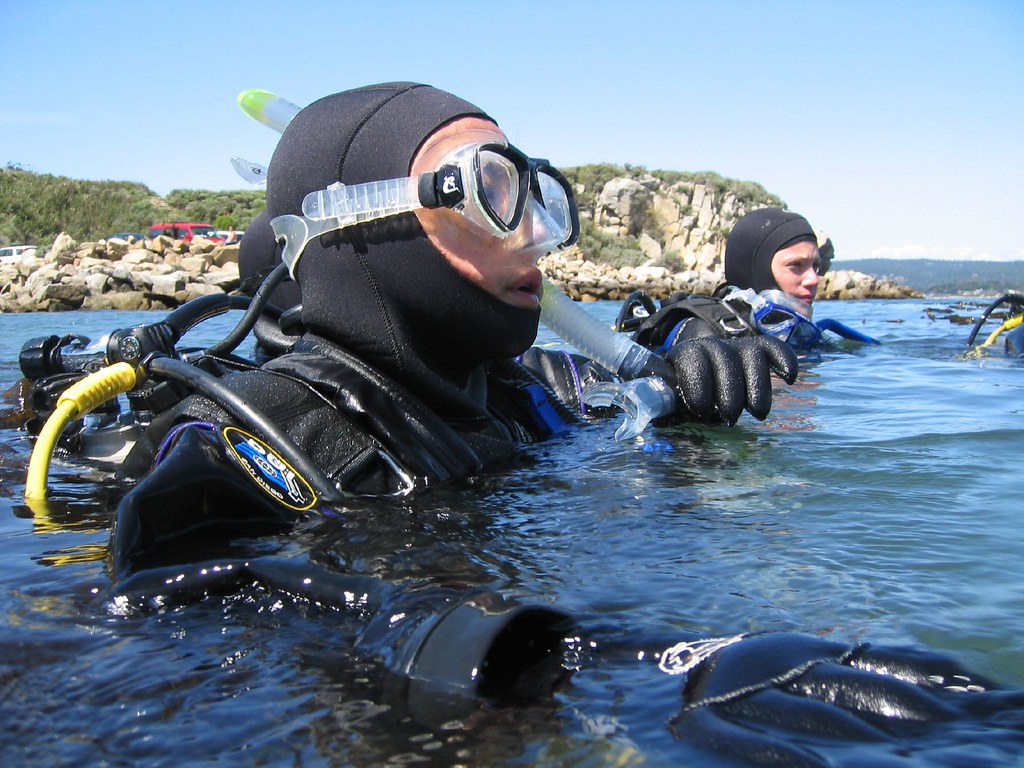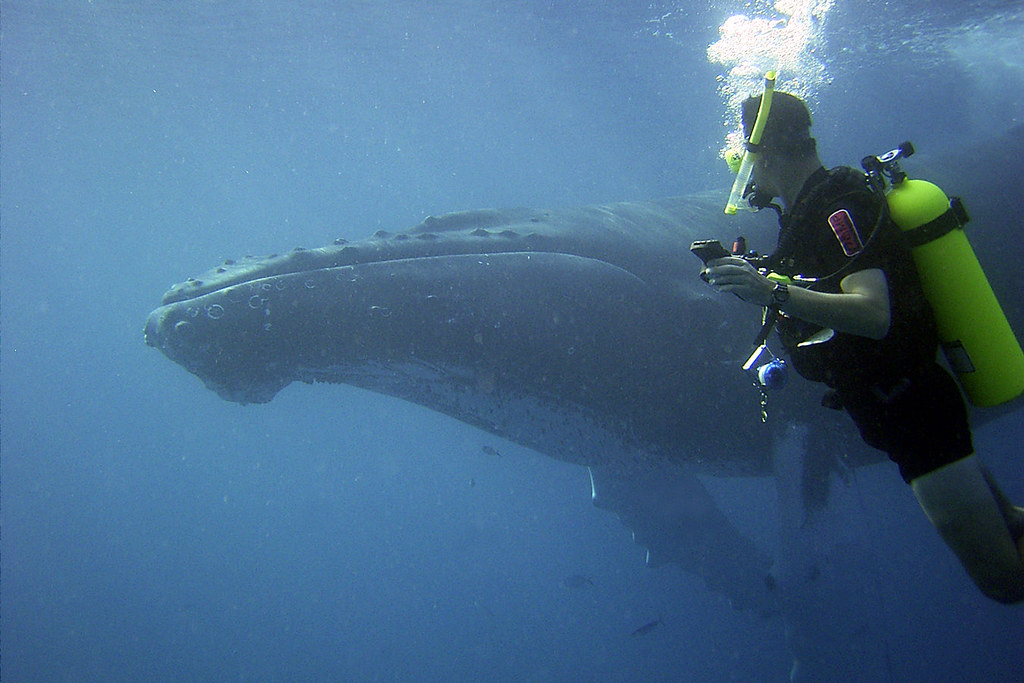Looking to get into the deepest depths of the ocean or sea, to see what you can uncover deep underwater? This summer don’t just go scuba diving – go deep diving! Find more about this thrilling and technical scuba diving specialty right here.
Photo By: NOAA’s National Marine Sanctuary System
What is Deep Diving

Photo By: Arnaud Abadie
For recreational divers anything below a depth of 30 meters would be considered a deep dive. Remember that for recreational dive certification providers, like PADI or SSI, the first step is getting an open water certification with which you can go to a depth of 18 meters, then next you can do the advanced open water course, which will allow you to explore a depth of up to 30 meters.
For recreational divers who want to progress deeper, operators like PADI offer technical diving courses where you are trained to dive properly between 30 to 65 meters. More on this later.
Of course, for professional (also known as commercial) divers, who can go much deeper because they have the right training and equipment, what is considered a ‘deep dive’ would vary depending on circumstance. For very experienced deep divers, it’s possible to dive below 200 meters – although these individuals are very experienced, and certainly would be in the ‘recreational’ category. Essentially, for the everyday adventurer a dive below 30 meters is considered a deep dive.
Deep Diving Planning and Equipment

Photo By: star5112There are several issues with deep diving, and there is equipment and procedures to help prevent or deal with these issues. At a dept issues like Nitrogen narcosis and decompression sickness (or “the bends” as it’s commonly known) are two of the major issues to be factored in when planning your dive time, descent and ascent.
For deep dives you might only have a few minutes at say 40 meters before a decompression stop is needed (at a lower depth) if you use a normal scuba tank. Plus if there’s a crisis underwater you can’t rise straight to the surface from 40 meters because you’ll risk decompression sickness. So lots needs to go into planning the dive itself.
Recreational divers can use different tanks to do a deep dive if they have the right training. For example, Padi’s so-called “Tec Trimix” combines a blend of helium, oxygen and nitrogen. You can start doing this after you have logged several dives on enriched air, then you can progress from courses teach you how to dive from 40 through to 65 meters deep.
For recreational divers, other than the right scuba tanks and the right training other equipment isn’t needed. Remember the deeper you go the colder it will be, so you might need a thicker wetsuit, or a full suit instead of shorts. It’s also darker, so you might consider an underwater torch. Currents may be different to what you have experienced higher up at the dive site, and all of the safety precautions like buddy checks and emergency techniques become even more important the deeper you go.
Deepest Deep Dive on Record

Photo By: PROIIP Photo Archive
Although the above depicts a chance encounter with a whale, and quite close to the surface at that, the benefits of deep diving is that you never know what you will encounter, as deeper dives are far more like to offer unchartered territory. While the colors will be more muted, and you’r less likely to see the vibrant colors of coral that are closer to the surface and receive more sunlight the benefits of deep diving are both the technical challenge and the chance to discover.
At the moment some of the deepest deep dive using Trimix was completed in the Red Sea in 2014 when a diver named Ahmed Gabr went 332.35 meters down. The guys at Guinness World Records say it took Ahmed 12 minutes to get down to this depth, but another 15 minutes to slowly make his way back up to the surface for normal air to avoid the issues described in this article.
Other articles on travel destinations by the water and water sports adventure travel ideas:
Where to Scuba Dive with Big Animals
The Best Scuba Diving Specialities
How to Get Your Scuba Diving License
Where to Go Sea Kayaking this Summer
A Short History of Canoeing and Kayaking
A Short History of Deep Diving
Lovely Spots to Horse Ride on a Beach
The World’s Biggest Waterfalls
Most Adventurous Water Parks for Young and Old
Prime Wind Surfing Destinations
Beautiful and Giant Rivers to Cruise Down
In adventure travel news, n innovative new natural desert reserve spanning 10 percent of the total area of Dubai has been launched in the UAE. The Marmoon Desert Reserve Project is set to be the site of several ecotourism projects and conservation efforts contributing to the protection and nurturing of the environment,…
Hot Topics
In adventure travel news, n innovative new natural desert reserve spanning 10 percent of the total area of Dubai has been launched in the UAE. The Marmoon Desert Reserve Project is…














